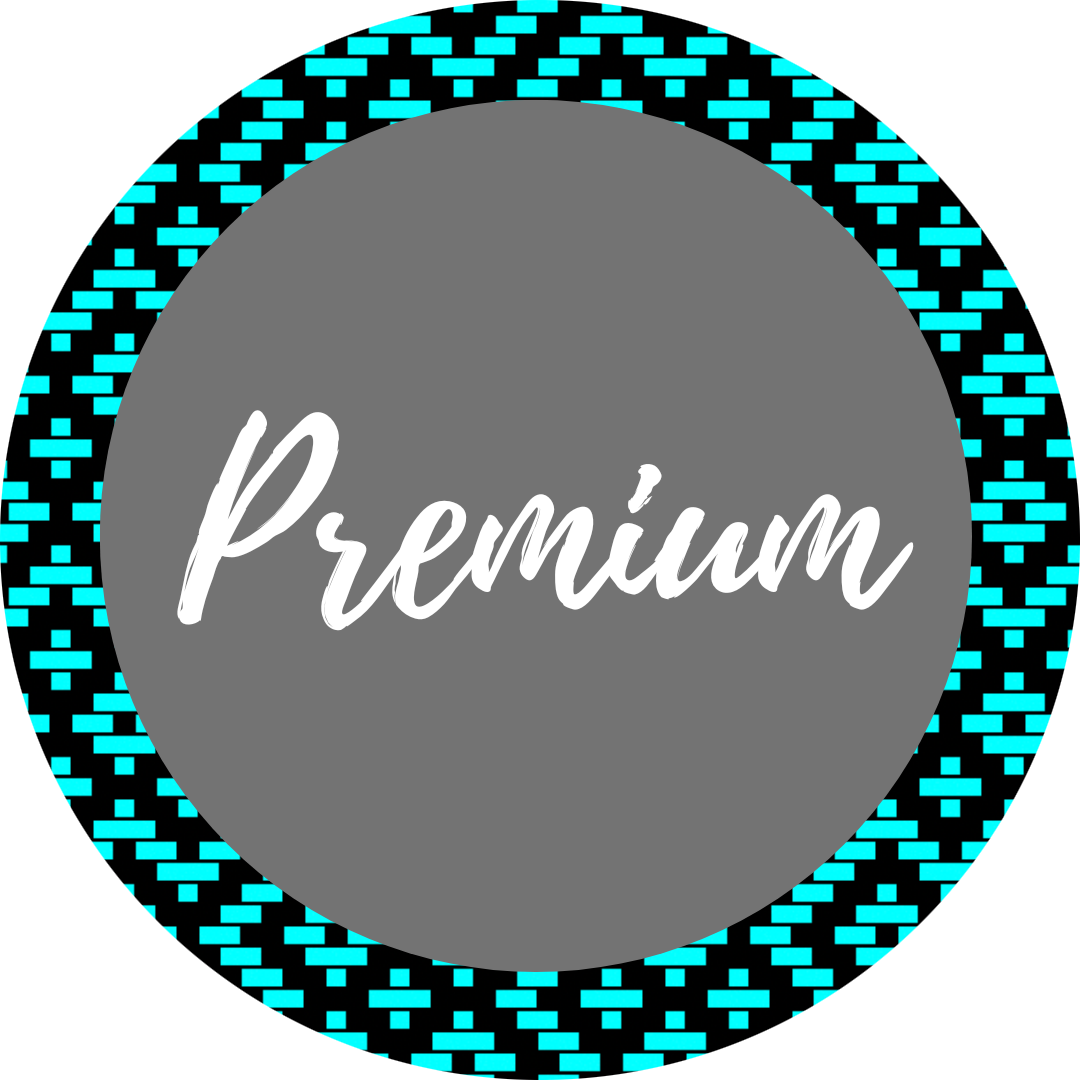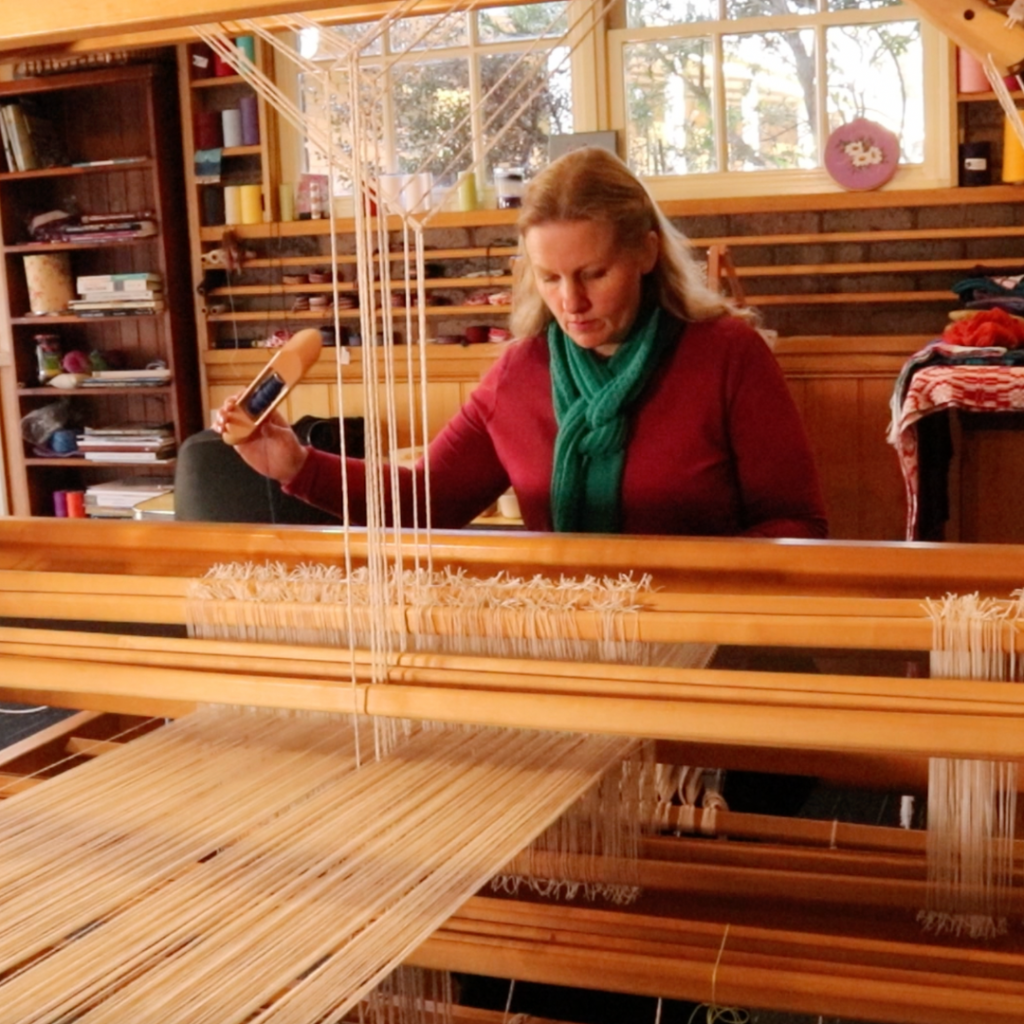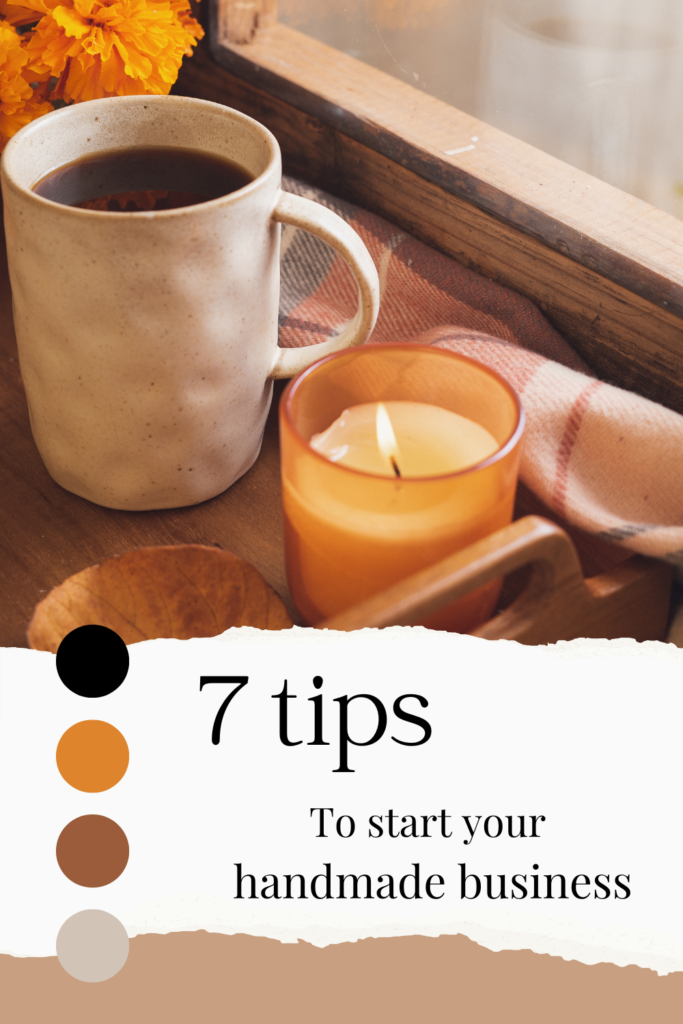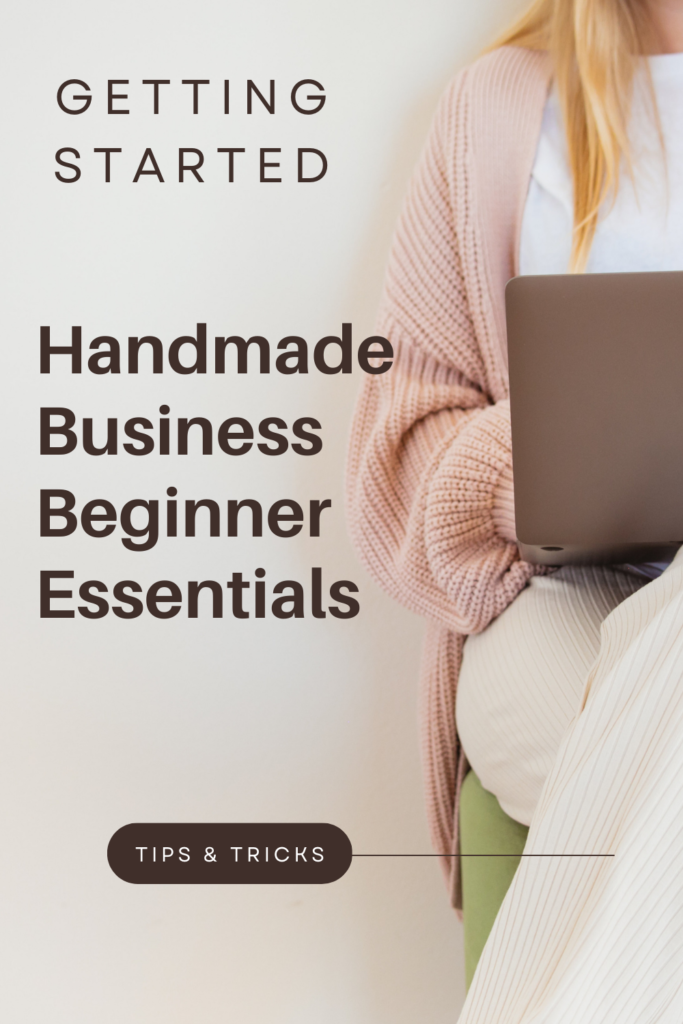If there is one important thing I’ve learned in the 8 years of running an online business it is that you must diversify your income.
That is a fancy way of saying “don’t put all your eggs in one basket”. Relying on just one source of income is risky because you don’t have anything to fall back on if needed.
Today I’m going to talk about my 11 income streams (yes, that’s right – 11!) I’m not going into any figures because numbers can be misunderstood (for example, I get to keep approximately half of my actual revenue once taxes and running expenses are paid).

But I will outline my 11 income streams in order from what makes the most to what makes the least amount. The order is still a generalisation as most of my income streams are fluctuating from month to month.
- Online courses
The Online Weaving School was started back in 2017 and supplies the largest part of my income (by a long shot!) The weaving school is hosted at Teachable, which works very well because I, as the creator have my own space on the internet and I’m fully in control of how the school runs, the type of content available there and the pricing for my students.
There are two models on which the school operates – single purchase classes and memberships.
A single purchase class is just what it sounds like – the student make a one time purchase and then has permanent access to the class. They can come back, log in to their account and re-watch the class as many times as desired. They also have the ability to receive feedback, share comments and photos on the platform.
Memberships have been a huge part of my success as an online business. The student chooses a membership tier and then has access to a full class library, including member’s only classes until their membership expires (at which point they can choose to renew or cancel). A membership also gives a student access to the private member’s community. A membership model is excellent because it provides the creator with recurring and somewhat more predictable income.
2. My Design Store
For many years I have also been designing weaving patterns. These are usually project based and provide the buyer with step by step written instructions, colour photos and often video links to complete a weaving project.
I sell my designs in digital format at Kelly Casanova Designs using the Shopify platform.
I have also branched into writing ebooks to provide even more information to weavers and these are also available in my design store.

Digital downloads are an excellent source of (mostly) passive income as much of the work is done up front in the designing and writing. There is often some follow up needed in the form of support for purchasers but this is relatively minimal compared to the weaving school.
Very occasionally I also make weaving/yarn kits available to my audience and these are based on existing patterns.
If you are interested in trying a Shopify store for yourself, you can get 3 days free plus 3 months for $1 each when you sign up for a trial, just use this link to take a closer look at that offer.
3. Youtube
Income from Youtube is made through Google Adsense. The ads are place on my videos and I get a cut of what the advertisers pay to Youtube (about half). This type of income is fluctuating and not very reliable and because I’m in the “craft” niche, advertisers pay much lower rates than they would for videos in something like the business or finance niche.
The beauty of Youtube when it comes to online business is that it can act as an audience funnel for your existing business. It allows you to build and audience that can get to know and trust you. It can be a way for potential students to sample your teaching style before investing in a course or membership.
My business has grown from my Youtube following, so it has been an absolute essential part of my success.
4. My blog
Income from my blog is also made through Google Adsense. This is not ideal, and some readers do complain that there are too many ads when they read articles. Having ads enabled on my blog does cover my hosting fees though, and gives some small compensation for the many hours I’ve spent writing informative articles.
Similar to Youtube, the blog also acts as a funnel or advertising space for my paid products.
5. Affiliate income
Affiliate income is when you recommend a product, service or company to your audience with a special referral link. If someone clicks on your link and makes a purchase, you receive a small percentage of that purchase as a thank you from the company.
Affiliate income is an excellent way to make money, but certainly not the easiest (at least, that has been the case for me!) Affiliate commissions vary a huge amount from as little as 1 -4% of the sale (hello Amazon!) to 30-50% (I don’t have any affiliates that pay that much but I know they’re out there).
It takes a lot of time to insert links and write them into content in a way that provides value to your audience. No one wants to feel like they’re being spammed so it’s important to use affiliate links properly and respectfully.
You can do this by only recommending products/services that you use yourself or that you have sufficient knowledge of in order to recommend with confidence.
Some months my affiliate income now surpasses my blog or YouTube income but this is not a frequent occurrence.
6. Paid newsletter
This year I started my very first paid newsletter through Convertkit (now known as Kit). I have been sending out a free newsletter for many years but the paid newsletter is separate and covers different topics.

7. Magazine work
This income stream involves writing articles and submitting projects. I have completed quite a bit of this type of work over the last year or so and continue to receive requests and proposals.
Submitting projects takes a great deal of work and time and I don’t feel the compensation is high enough for the amount of work required. So, for the near future at least I will stick more to the article writing, which I find enjoyable and rewarding.
8. Public speaking/ presentations
This is another income stream that I just started this year. I receive invitations to speak or present for weaving guilds or groups. So far, these presentations have been online, which is brilliant as it allows me to reach people that live in different locations to me! I prepare a presentation ahead of time and then give the presentation live.

9. Handmade items
This is a very, very small stream as I only sell handmade items occasionally. Before I started the Online Weaving School, I was a handmade seller, but I have very little time now to actually make something physical to sell.
10. Facebook
This one is kind of a surprise. I logged into my Facebook analytics one day and found that I had made a little money! I didn’t even know that was a thing 😆 Since then, I’ve made small amounts every month. It’s really only pocket money but I certainly don’t mind earning money for posting on my Facebook page, which is something that I would be doing anyway.
11. Merchandise
I have tried merchandise with Society6 and Spring. I have closed the Society6 store and will likely do the same for the Spring store in the future. This has not been a good source of income for me, so I have stopped promoting it in order to focus more on the streams that do work well for me.
Being an entrepreneur is such a journey of learning, adapting and pivoting when needed. Having more than one stream of income really helps you to try things out, see what will work and what won’t and then maximise the things that work the best for your business.
If you are starting out with online business, you will find these articles helpful as well:
Should I start with Etsy or Shopify?
Handmade Business Beginner Essentials
3 ways to start selling online for free
Do you want to start selling your weaving?
This article is also available in video format here:
I hope you enjoyed reading about my income streams and I wish you all the best with your online business!











